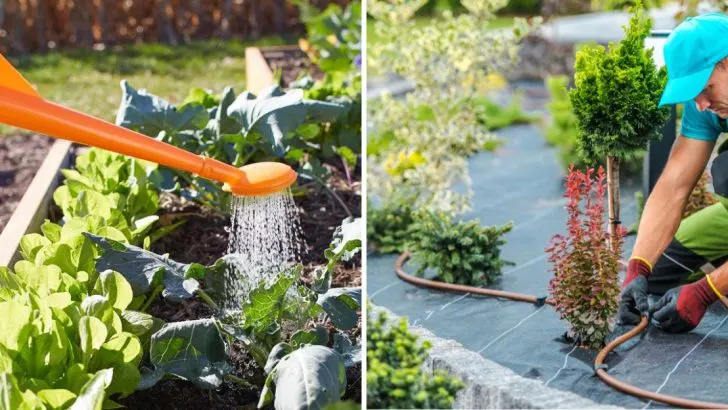Landscaping your yard is an exciting way to transform your outdoor space, but even the most well-intentioned designs can fall short due to common mistakes.
Whether it’s poor plant selection or improper maintenance, these missteps can lead to frustration and wasted effort. In this article, we highlight 9 common landscaping mistakes you’re probably making and how to avoid them. By learning what to look out for, you’ll ensure that your garden thrives and stays beautiful for years to come!
Ignoring Soil Quality
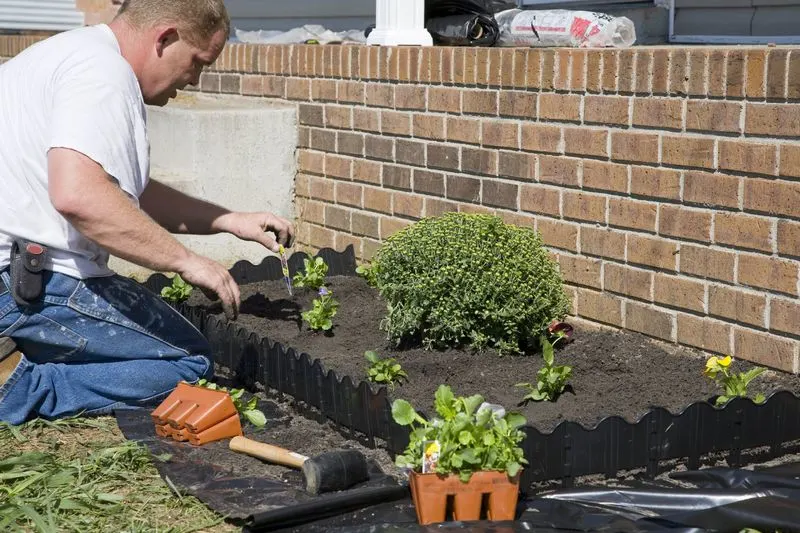
It’s easy to overlook the importance of soil when planning your garden. Yet, the health of your plants depends significantly on the quality of the soil beneath them. Rich, well-aerated soil supports robust root systems, while poor soil can lead plants to struggle. Before planting, consider conducting a soil test to determine its pH and nutrient levels. Adjusting these can lead to thriving plants. Additionally, adding organic matter like compost can greatly enhance soil structure. This simple step often makes a noticeable difference in growth and vitality.
Overcrowding Plants
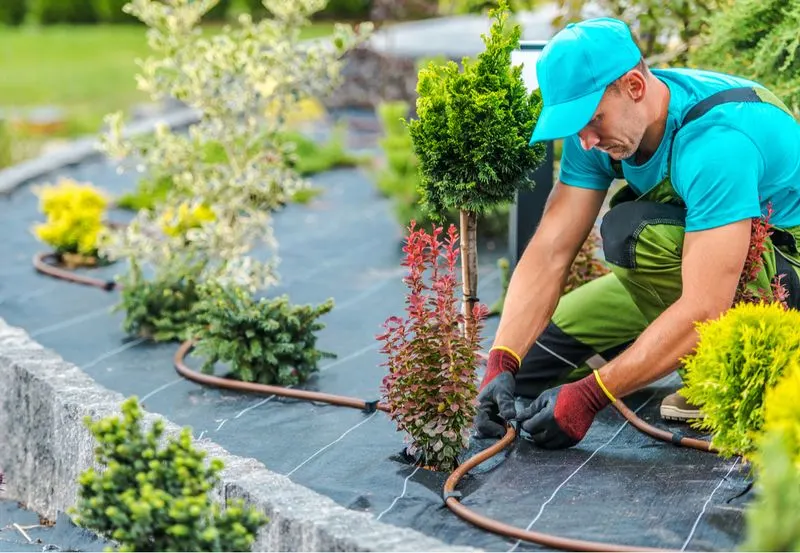
Plants require space to grow, both above and below ground. Crowding them together can stifle growth and lead to competition for resources. Overcrowding often results in weak plants more susceptible to diseases. Providing adequate spacing not only ensures each plant receives the necessary nutrients and light but also improves air circulation. When planning your garden layout, research the mature size of each plant. Allowing room for growth is essential to a thriving landscape. This foresight helps prevent future headaches and promotes healthier gardens.
Neglecting Seasonal Changes
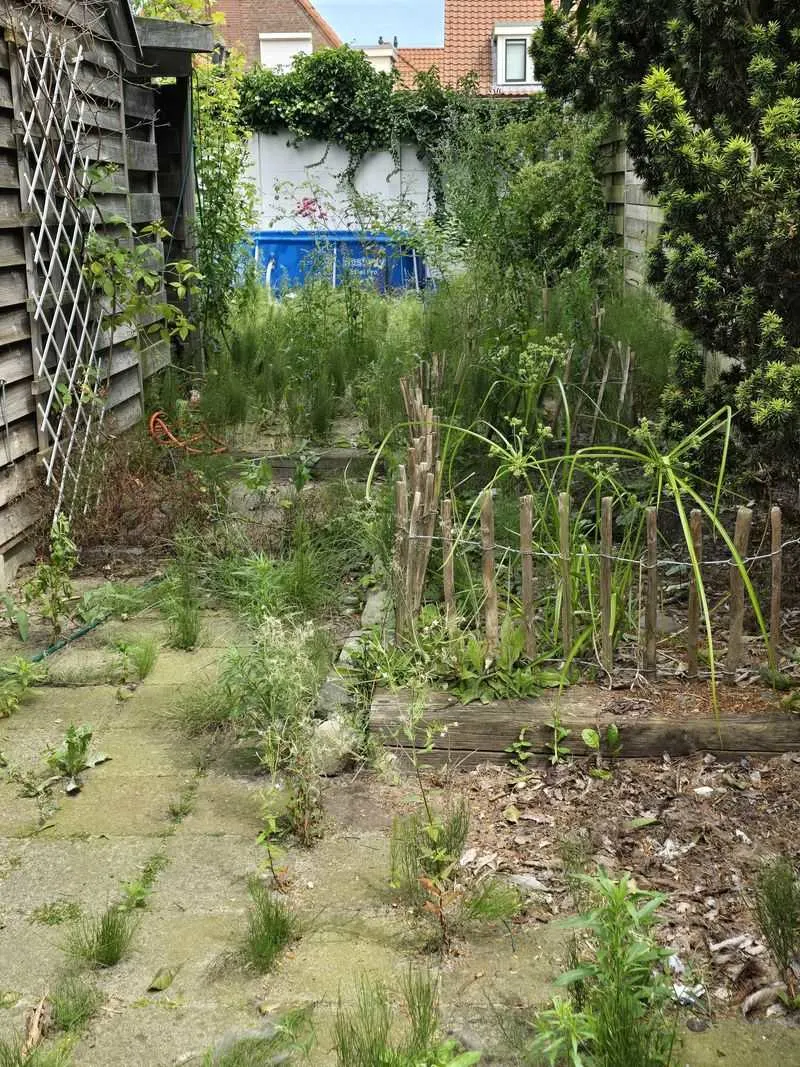
Landscaping isn’t just about how things look now but also how they’ll evolve. Many fail to consider how plants will adapt to different seasons. Selecting plants that offer year-round interest keeps a garden visually appealing throughout the year. For instance, deciduous trees can provide vibrant fall foliage, while evergreens maintain greenery in winter. Understanding your region’s climate helps in making informed choices. This thoughtful approach ensures that your landscape remains dynamic and engaging, regardless of the season.
Improper Watering Techniques
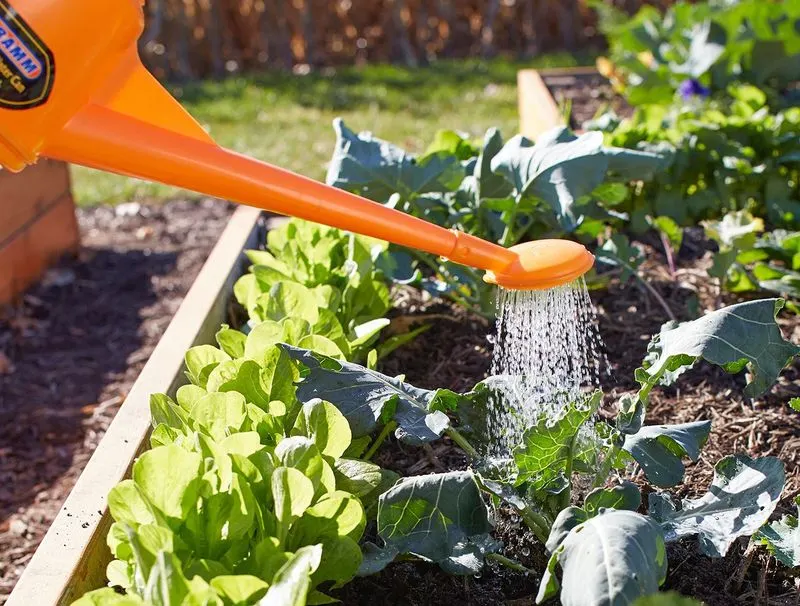
Watering seems straightforward, yet it’s easy to err. Both overwatering and underwatering can stress plants, affecting their health. It’s crucial to understand the specific needs of your plants. Installing a drip irrigation system offers a more controlled watering method, ensuring plants receive adequate moisture without waste. Checking soil moisture regularly helps prevent water-related issues. Tailoring your watering routine to the season and plant type makes a significant difference. This mindfulness promotes robust, resilient gardens.
Ignoring Hardscape Elements
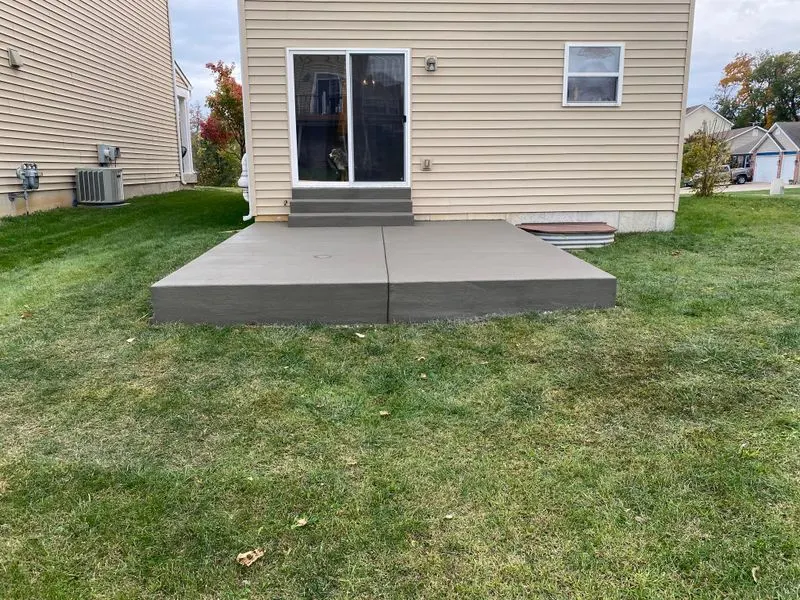
While plants steal the show, hardscape elements form the foundation of any landscape. Overlooking these can lead to functional and aesthetic problems. Ensure pathways, fences, and patios are well-integrated with the garden design. Regular maintenance prevents deterioration and enhances safety. Hardscape features should complement the natural elements, creating a cohesive look. Thoughtful planning and upkeep of these structures provide a balanced, inviting outdoor space that enhances overall enjoyment.
Poor Plant Selection
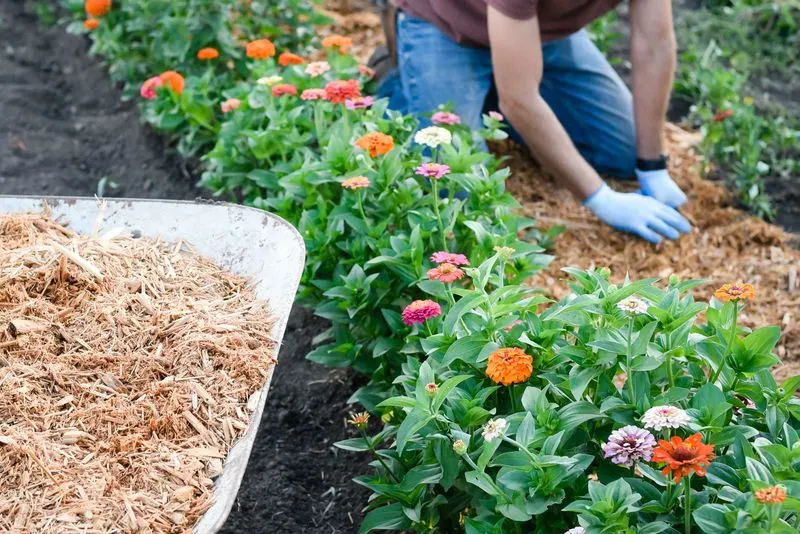
Choosing the right plant for the right place is crucial. Placing sun-loving plants in shade or vice versa leads to poor growth and disappointment. Research is key; understand each plant’s needs and how they fit your garden’s conditions. Also, consider the long-term size and shape of the plant. Selecting native species often results in better success as they are adapted to local environments. Making informed choices not only ensures a rewarding gardening experience but also a more sustainable landscape.
Overlooking Maintenance Needs
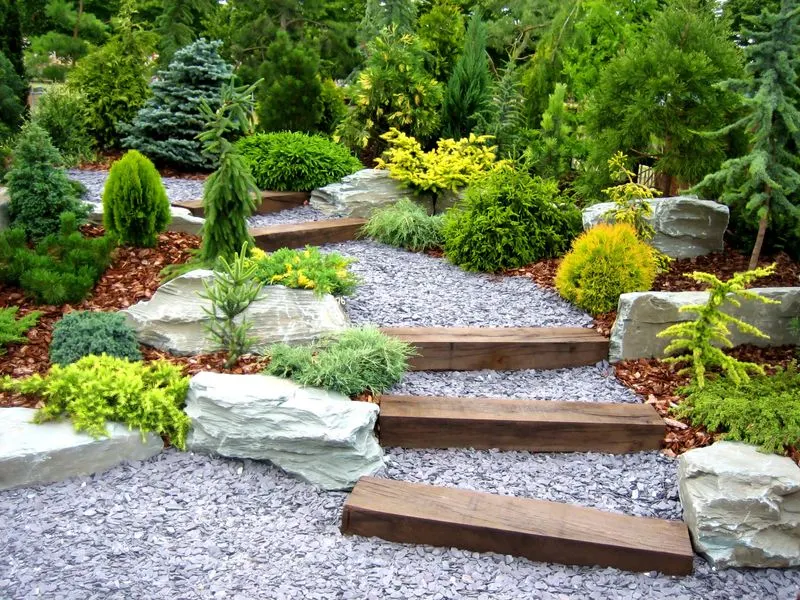
A beautiful garden demands commitment. Neglecting routine tasks like weeding, pruning, and mulching can quickly turn a well-kept space into a chaotic one. Regular maintenance preserves the health and aesthetics of your landscape. Scheduling time for these activities can prevent overwhelming tasks later. Using proper tools simplifies the process and improves results. Embracing maintenance as a regular habit keeps your garden flourishing and enjoyable year-round, reflecting care and attention.
Disregarding Pest Control
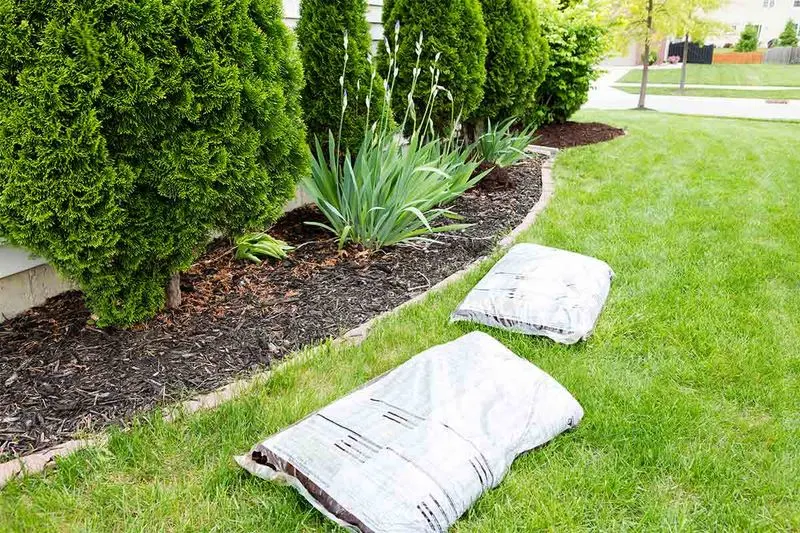
Pests can wreak havoc if not managed properly. Ignoring them leads to significant damage and loss. Integrated Pest Management (IPM) provides an effective strategy, combining preventive cultural practices and monitoring. Encouraging beneficial insects like ladybugs helps maintain a healthy balance. Regularly inspecting plants for signs of distress ensures early detection and control. Adopting these strategies minimizes pest impact without excessive chemical use. This approach not only protects your plants but also supports environmental health.
Unplanned Garden Layout
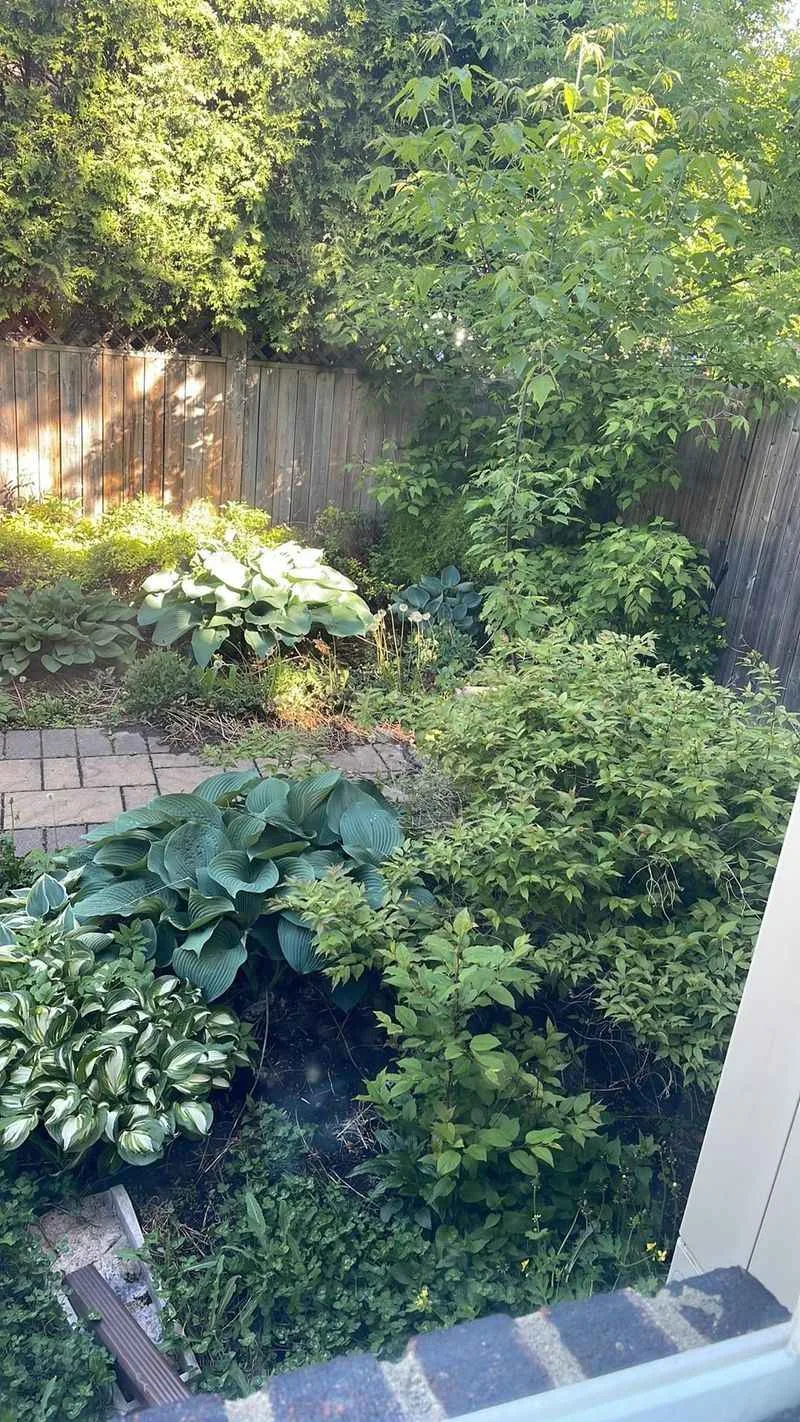
A well-thought-out layout is the backbone of any captivating garden. Randomly placing plants creates a disjointed feel, losing visual appeal. Establishing a clear plan before planting helps in achieving a harmonious design. Consider height, color, and texture to create interest and balance. Paths and focal points guide the eye and enhance flow. Investing time in planning results in a more enjoyable and functional outdoor area. This strategic approach turns a simple garden into a thoughtful expression of style.

